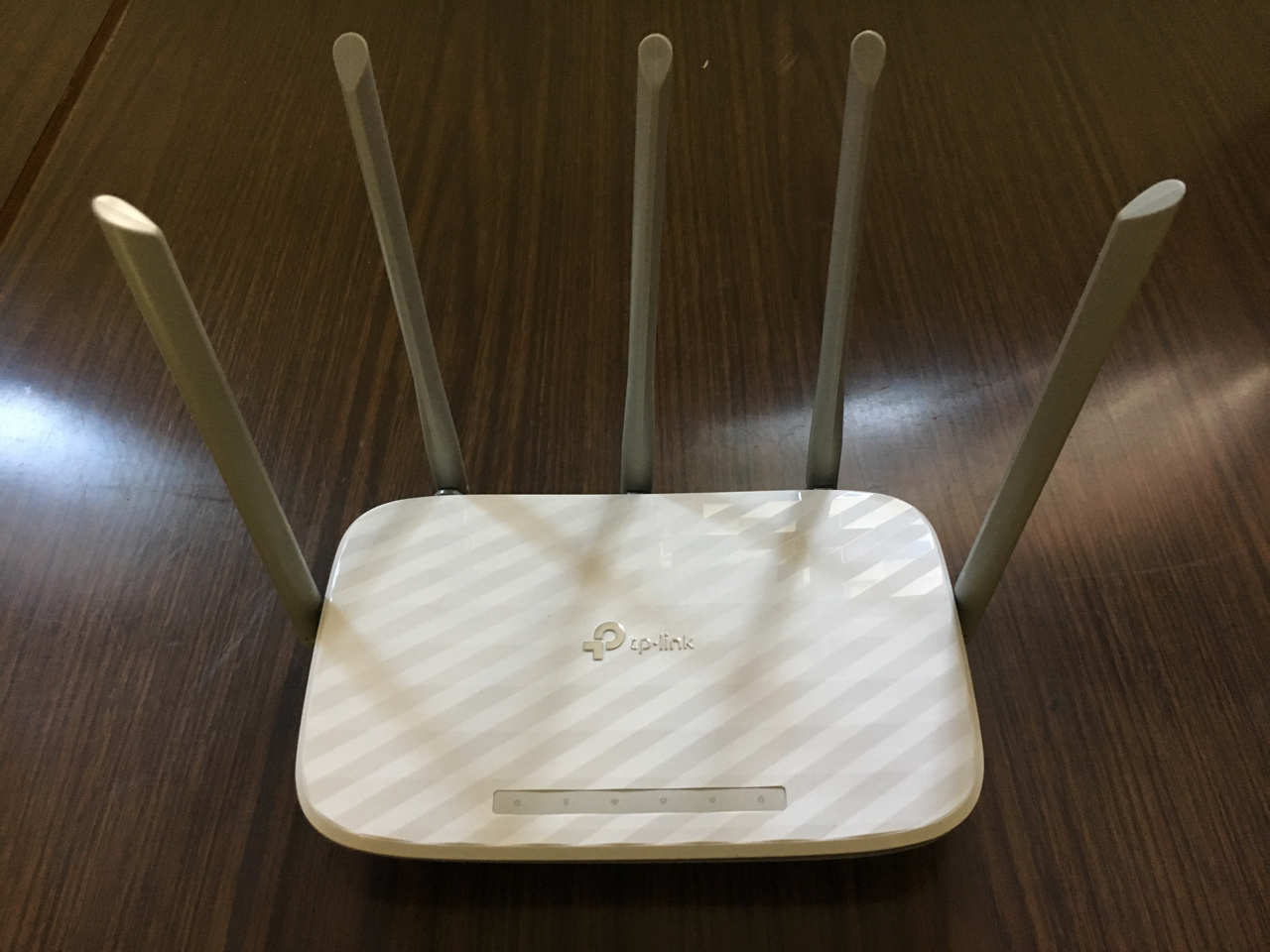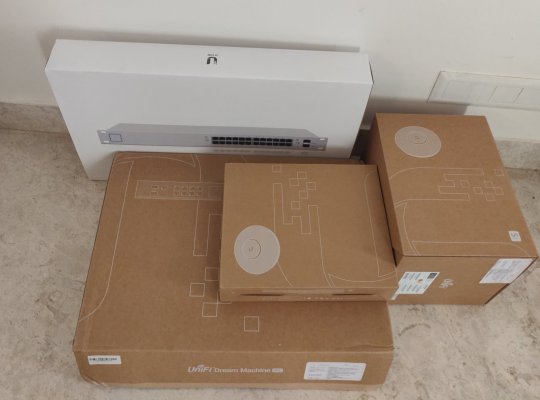@rsaeon - You should setup your wifi channels manually. This way you are sure they are not conflicting internally and channels won't jump around because of neighbors wifi routers (which are most likely set to auto). But why fix something thats not broken.
@ak56u - I'll try to elaborate further. Just one example.
1. setup your primary routers fixed ip to 192.168.3.1 dhcp pool to 192.268.3.100 to 192.268.3.200
2. each of your extenders fixed ip 192.168.3.2 ... 192.168.3.3 ... 192.168.3.4 DHCP off
3. all wireless ssid and password same
With this there should be no ip conflict and you can plug and play routers as you like.
For wifi channels presuming you are using your c60 for now. Again just one example.
1. set basement wifi channels for 2.4g to channel 1 and channel width 20mhz for 5g set channel 36 and channel width 40mhz
2. set ground floor wifi channels for 2.4g to channel 6 and channel width 20mhz for 5g set channel 48 and channel width 40mhz
3. set 1st floor wifi channels for 2.4g to channel 11 and channel width 20mhz for 5g set channel 36 and channel width 40mhz
With this setup you will have no conflicts but will half your wifi bandwith. C60 is 10/100 router anyway.
Is your airtel router connected in bridge mode or as primary? IMHO you should get a good gigabit router for your primary first and experience your 300mb speed or downgrade your plan to 100mb for now.
@ak56u - I'll try to elaborate further. Just one example.
1. setup your primary routers fixed ip to 192.168.3.1 dhcp pool to 192.268.3.100 to 192.268.3.200
2. each of your extenders fixed ip 192.168.3.2 ... 192.168.3.3 ... 192.168.3.4 DHCP off
3. all wireless ssid and password same
With this there should be no ip conflict and you can plug and play routers as you like.
For wifi channels presuming you are using your c60 for now. Again just one example.
1. set basement wifi channels for 2.4g to channel 1 and channel width 20mhz for 5g set channel 36 and channel width 40mhz
2. set ground floor wifi channels for 2.4g to channel 6 and channel width 20mhz for 5g set channel 48 and channel width 40mhz
3. set 1st floor wifi channels for 2.4g to channel 11 and channel width 20mhz for 5g set channel 36 and channel width 40mhz
With this setup you will have no conflicts but will half your wifi bandwith. C60 is 10/100 router anyway.
Is your airtel router connected in bridge mode or as primary? IMHO you should get a good gigabit router for your primary first and experience your 300mb speed or downgrade your plan to 100mb for now.






